当前位置:网站首页>LVM and disk quota
LVM and disk quota
2022-04-23 16:27:00 【qjwthink】
Catalog
2、LVM The basic concept of mechanism
Two 、LVM Management commands for
3、 ... and 、LVM Operation main command steps
1、 Conditions for achieving disk quota
2、Linux Characteristics of disk quota
4、CentOS7 To set disk quotas in
One 、LVM summary
Logical Volume Manager, Logical volume management
● In the Keep the existing data unchanged Under the circumstances Dynamically adjust disk capacity , So as to improve the efficiency of disk management flexibility
●/boot Partitions are used to store boot files , Cannot be based on LVM establish
1、 Implementation process
1、 Put the device ( Hard disk , Hardware device ) Specify as physical volume
2、 Create a volume group with one or more physical volumes ,
3、 A physical volume is a fixed size physical area (Physical Extent,PE) To define the
4、 Logical volumes created on physical volumes , Is made up of physical areas (PE) form
5、 File systems can be created and mounted on logical volumes
2、LVM The basic concept of mechanism
PV ( Physical volume, Physical volume )
The physical volume is LVM The basic storage device of the mechanism , It usually corresponds to an ordinary partition or the whole hard disk . When creating a physical volume , It will be in the minute
Create a reserved block at the head of the area or hard disk , Used to record LVM Properties of , And divide the storage space into the default size of 4MB Of
Basic unit (Physical Extent,PE), To form a physical volume .
VG (volume Group, The volume group >
An entity consisting of one or more physical volumes , This is called a volume group ,I Physical volumes can be dynamically added or removed from a volume group
LV (Logical volume, Logic volume )
Logical volumes are built on top of volume groups , Not directly related to physical volumes . For logical volumes , Each volume group is a whole , from
In this whole " Cut out " A small space , As the basis for users to create file systems , This small space is called a logical volume . Use
mkfs And other tools to create file systems on logical volumes

Two 、LVM Management commands for
The main command
| function |
Physical volume management |
Volume group management |
Logical volume management |
| Scan scanning |
Pvscan |
Vgscan |
lvscan |
| Create establish |
Pvcreate |
Vgcreate |
lvcreate |
| Display Show |
Pvdisplay |
Vgdisplay |
lvdisplay |
| Remove Delete |
Pvremove |
Vgremove |
lvremove |
| Extend Expand |
--- |
Vgextend |
lvextend |
| Reduce Reduce |
--- |
Vgreduce |
lvreduce |
3、 ... and 、LVM Operation main command steps
1. Shut down the engine , Add two new hard drives , Restart the host
or echo "- - - " > /sys/class/scsi_host/host0/scan scanning
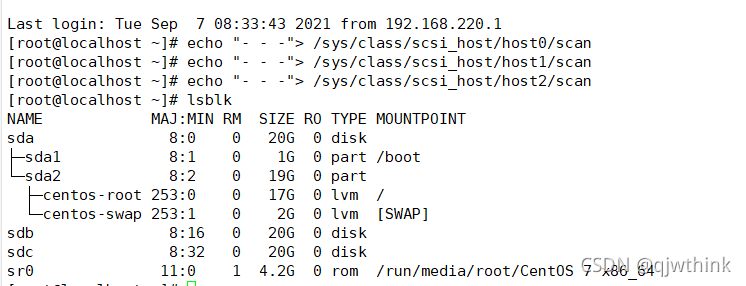
2. First use fdisk Tools talk about disk devices /dev/sdb、/dev/sdc Divide the main partition sdb1、sdc1, And the partition type ID Change the tag number to “8e”
fdisk /dev/sdb
fdisk /dev/sdc
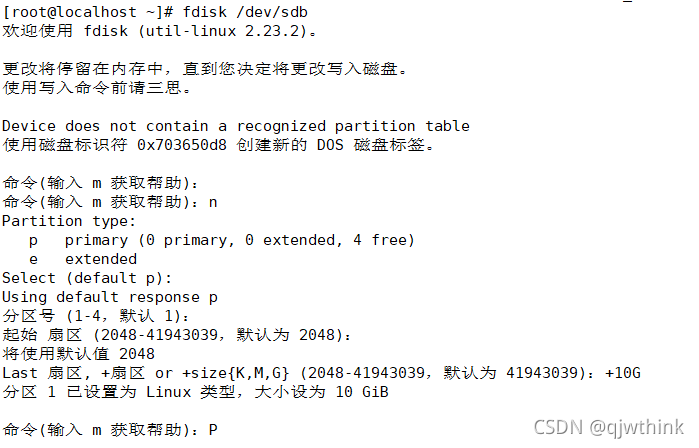
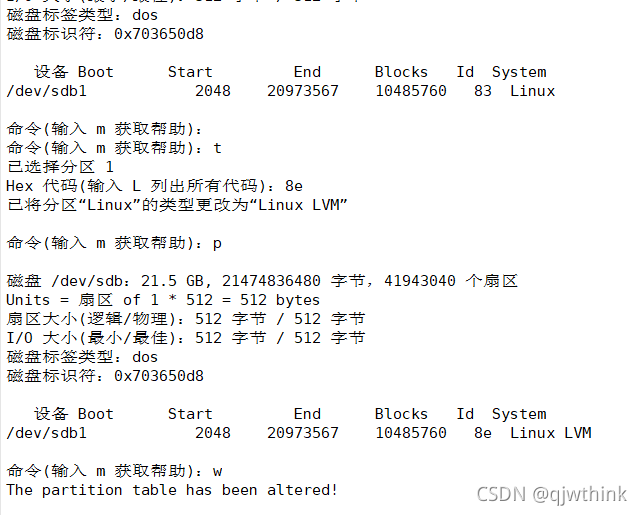
3. Create a physical volume
pvcreate /dev/sdb1 /dev/sdc1
Command word Hardware device ( The device you are going to use as a logical volume can be a partition or a hard disk )

4. Create a volume group , The volume group name is ky15
vgcreate ky15 /dev/sdb1 /dev/sdc1
Command word Volume group name Physical volume ( It can be more than one )
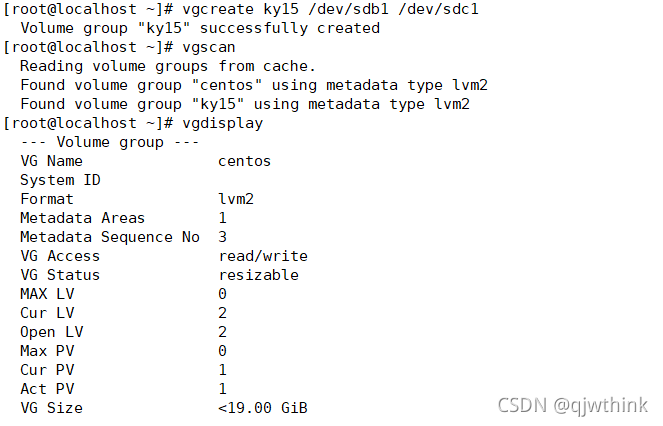
5. Create logical volumes , The logical volume name is ky1501, Capacity of 15GB, The production documents are /dev/ky15/ky1501
lvcreate -L 15G -n ky1501 ky15
Command word -L It's a friendly way GMK -n The name of the logical volume Volume group name
lvcreate -n Logical volume name -L Specify size Take space from the volume group
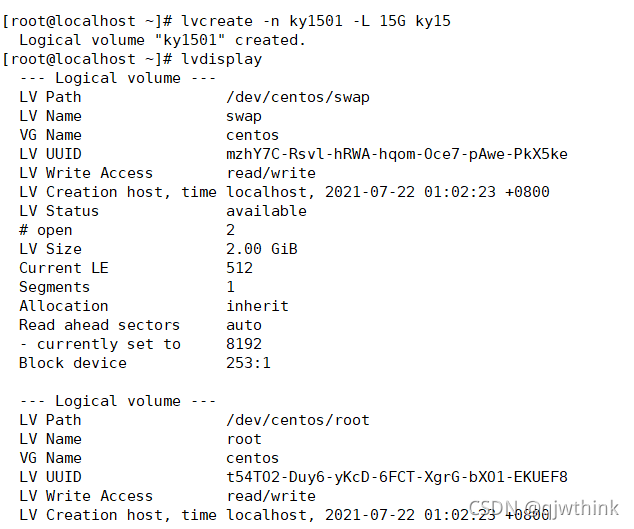
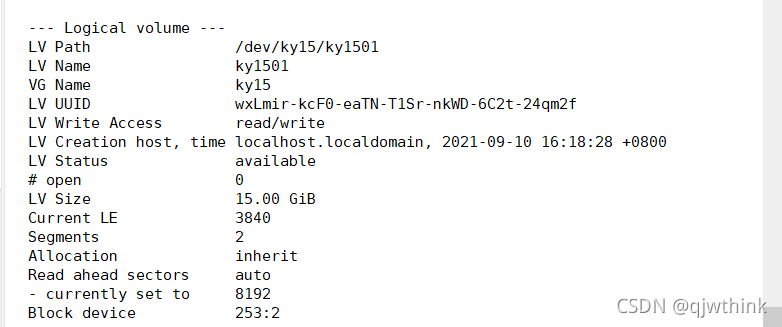
6. Format logical volumes , establish XFS file system , And mount it to /data Under the table of contents
mkfs -t xfs /dev/ky15/ky1501 or mkfs.xfs /dev/ky15/ky1501
mount /dev/ky15/ky1501 /data/
df -Th


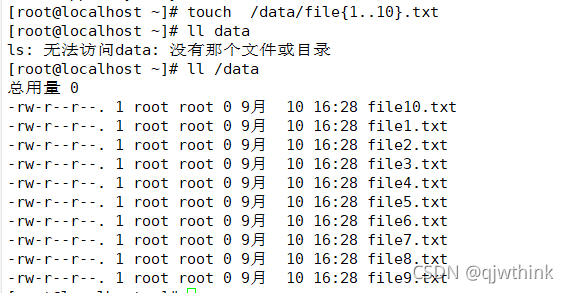
7. And then expand
pvcreate /dev/ sdc2
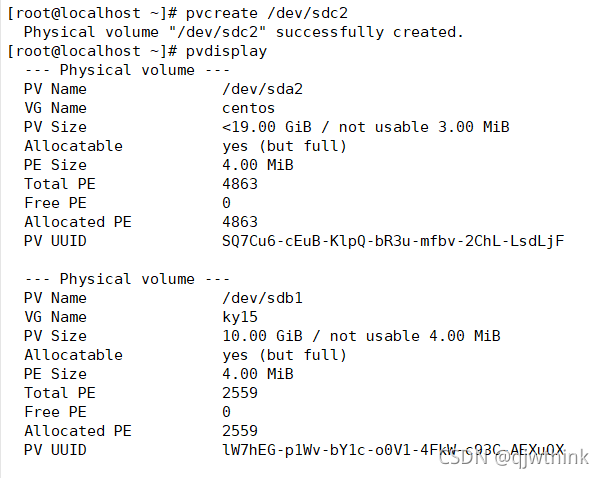
vgextend ky15 /dev/sdc2
Command word The name of the volume group to be expanded Physical volume ( Unused physical volumes )

lvextend -L +10G /dev/ky15/ky1501
Command word Specify friendly size lv Logical volume location

xfs_growfs /dev/ky15/ky1501 // Refresh xfs File system capacity
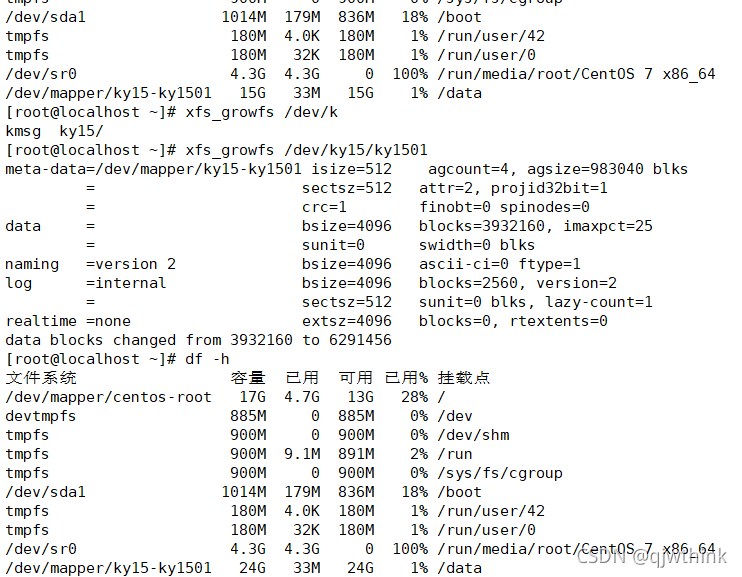
Refresh file system command Logical volume name
resize2fs /dev/vgname1/lvname1 // Refresh ext4 Type file system capacity
establish LVM technological process :
pvcreate establish pv -> vgcreate Create a volume group -> lvcreate Create logical volumes -> mkfs.xfs lv format -> mount mount
Delete LVM technological process :
umount uninstall -> lvremove lv Remove all logical volumes from the volume group -> vgremove vg Remove the volume group -> pvremove Removed from the pv
Overall experimental process
establish LVM technological process :
pvcreate establish pv -> vgcreate Create a volume group -> lvcreate Create logical volumes -> mkfs.xfs lv format -> mount mount
Delete LVM technological process :
umount uninstall -> lvremove lv Remove all logical volumes from the volume group -> vgremove vg Remove the volume group -> pvremove Removed from the pv
Four 、 Disk quota overview
1、 Conditions for achieving disk quota
need Linux The kernel support
install xfsprogs And quota software package
2、Linux Characteristics of disk quota
Scope of action : For the specified file system ( Partition
Restricted objects : User account number 、 Group account
Type of restriction : Disk capacity 、 Number of documents
Limiting method : Soft limit 、 Hard limit
3、 Set disk quota
When Linux When the root partition runs out of disk space ,Linux The operating system will no longer be able to create new files , It is also possible that
There will be a service program crash 、 Failure of system startup .
In order to avoid the problem of insufficient disk space in the server , The disk quota function can be enabled , For users in
Specify the file system ( Partition ) Disk space used in 、 Limit the number of files , To prevent individual users from malicious or non malicious
It takes up a lot of disk space , So as to maintain the stability and sustainability of the system storage space Centos In the system ,
Different file systems use different disk quota configuration management tools . for example ,XFS writing Pieces of The system goes through xfs_quota Use tools to carry out pipe
The reason is ;EXT3/4 File system pass quota Tools to manage .
4、CentOS7 To set disk quotas in
1、 Check that... Is installed xfsprogs and xfs_ quota software package
rpm -q xfsprogs quota yum install -y xfsprogs quota

2、 Mount the file system in a way that supports quota function
umount / dev/ vgname1 / lvnamel
mount -o usrquota, grpquota /dev/vgname1/lvname1 /opt
# Add mount parameters "usrquota, grpquota" Used to add support to users 、 Support for group quota function
perhaps
vim /etc/ fstab
/dev/vgname1/ lvname1 /opt xfs defaults,usrquota,grpquota 0 0
mount -a #-a Options , take /etc/ fstab All the content of is reloaded

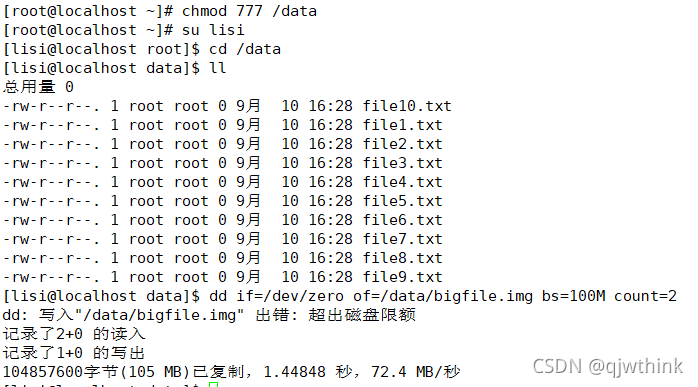
3、 Edit quota settings for user and group accounts
useradd lisi
passwd lisi
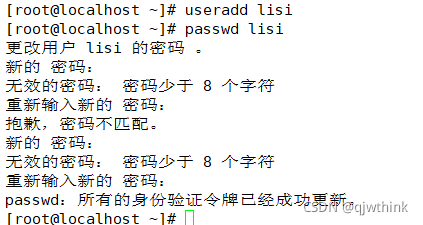
4、xfs_quota -x -c 'limit -u bsoft=80M bhard=100M isoft=6 ihard=10 lisi' /data/
Command word Expert model Call the command limit Limit -u Designated user Soft and hard restrictions Users who need to be restricted Mount point
-x: Indicates start expert mode , In the current mode, all management commands that allow modifications to the quota system are available .
-c: Means to directly call the management command .
-u: Specify the user account object
-g: Specify the group account object
bsoft: Set the soft limit value of disk capacity ( The default unit is KB).
bhard: Set the hard limit value of disk capacity ( The default unit is KB).
isoft: Set the soft limit value for the number of disk files .
ihard: Set the hard limit value for the number of disk files .
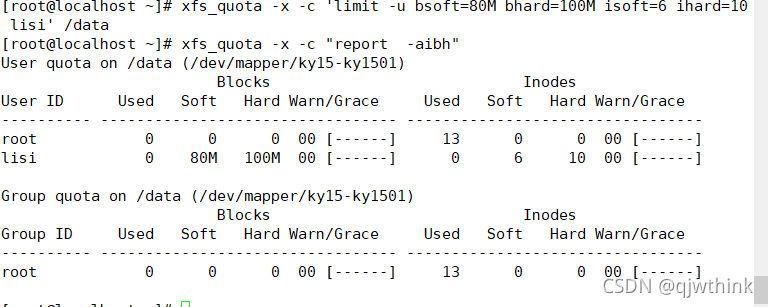
# Limit disk capacity only
xfs_ quota -x -c 'limit -u bsoft=80M bhard=100M lisi' /data/
# Limit the number of files only
xfs quota -x -c 'limit -u isoft=4 ihard=5 lisi' /data/
# see zhangsan disk : Capacity limit
xfs_ quota -c'quota -uv lisi' /data/
# see zhangsan File limit
xfs quota -c 'quota -i -uv lisi' /data/
4、 Verify the disk quota function
chmod 777 /opt
Su lisi
cd /opt
# Verify that the disk capacity exceeds the limit
dd if=/dev/zero of=/data/bigfile.img bs=100M count=2
# Verify that the number of disk files exceeds the limit
touch {aa,bb, cc,dd,ee, ff} .txt
dd The command is a device conversion and continuous copy command
“if=” Specify the input device ( Or document )
"of=" Specify the output device ( Or document )
"bs=" Specifies the size of the read data block
"count=” Specify the number of read data blocks
/dev/zero “ zero " Device file , You can provide empty characters indefinitely . Often used to generate - A file of a specific size .

5、 View quota usage
# View disk capacity quota usage for all available partitions
xfs_ quota - X -C ' report -abih'
View disk quota
report Common options :
-u: View for users
-g: View groups
-a: View quota usage reports for all available partitions
-b: Check disk capacity
-i: View the number of files
summary
Organize the experiment , Thus understand , master LVM And disk quota
版权声明
本文为[qjwthink]所创,转载请带上原文链接,感谢
https://yzsam.com/2022/04/202204231624474128.html
边栏推荐
- Gartner predicts that the scale of cloud migration will increase significantly; What are the advantages of cloud migration?
- Install redis and deploy redis high availability cluster
- Review 2021: how to help customers clear the obstacles in the last mile of going to the cloud?
- OAK-D树莓派点云项目【附详细代码】
- The biggest winner is China Telecom. Why do people dislike China Mobile and China Unicom?
- VIM uses vundle to install the code completion plug-in (youcompleteme)
- Hyperbdr cloud disaster recovery v3 Version 2.1 release supports more cloud platforms and adds monitoring and alarm functions
- Homewbrew installation, common commands and installation path
- 基于GPU实例的Nanopore数据预处理
- JIRA screenshot
猜你喜欢

The biggest winner is China Telecom. Why do people dislike China Mobile and China Unicom?
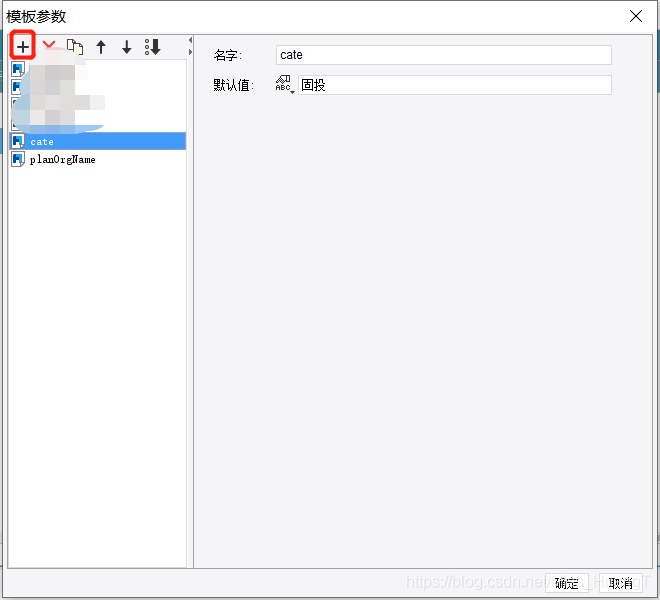
Sail soft calls the method of dynamic parameter transfer and sets parameters in the title
![[pyGame games] how did angry birds, a mobile game that became popular all over the world 10 years ago, dominate the list? Classic return](/img/f5/15b3731e75eb4d861bd9d29ae244da.png)
[pyGame games] how did angry birds, a mobile game that became popular all over the world 10 years ago, dominate the list? Classic return
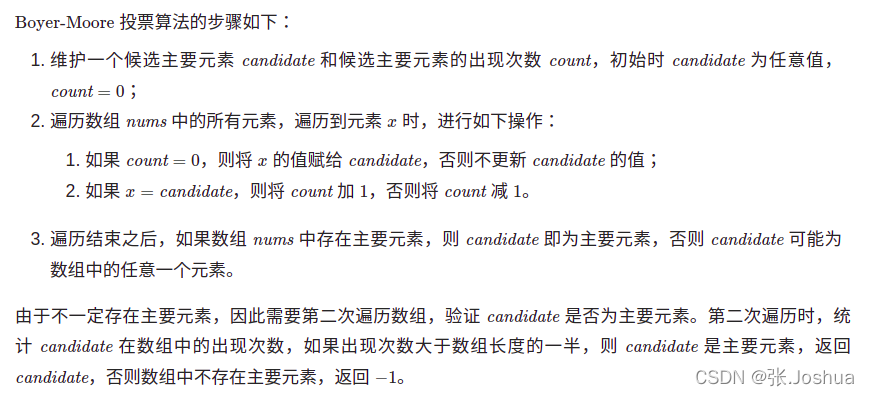
Interview question 17.10 Main elements

Read the meaning of serial port and various level signals
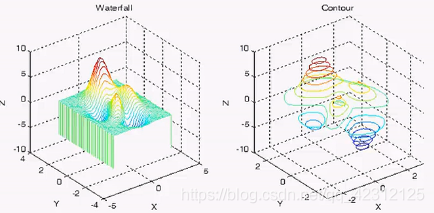
Day (6) of picking up matlab
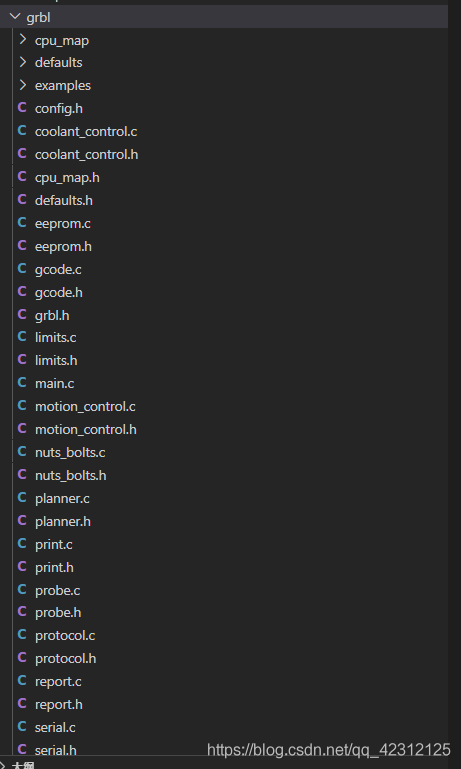
GRBL学习(一)
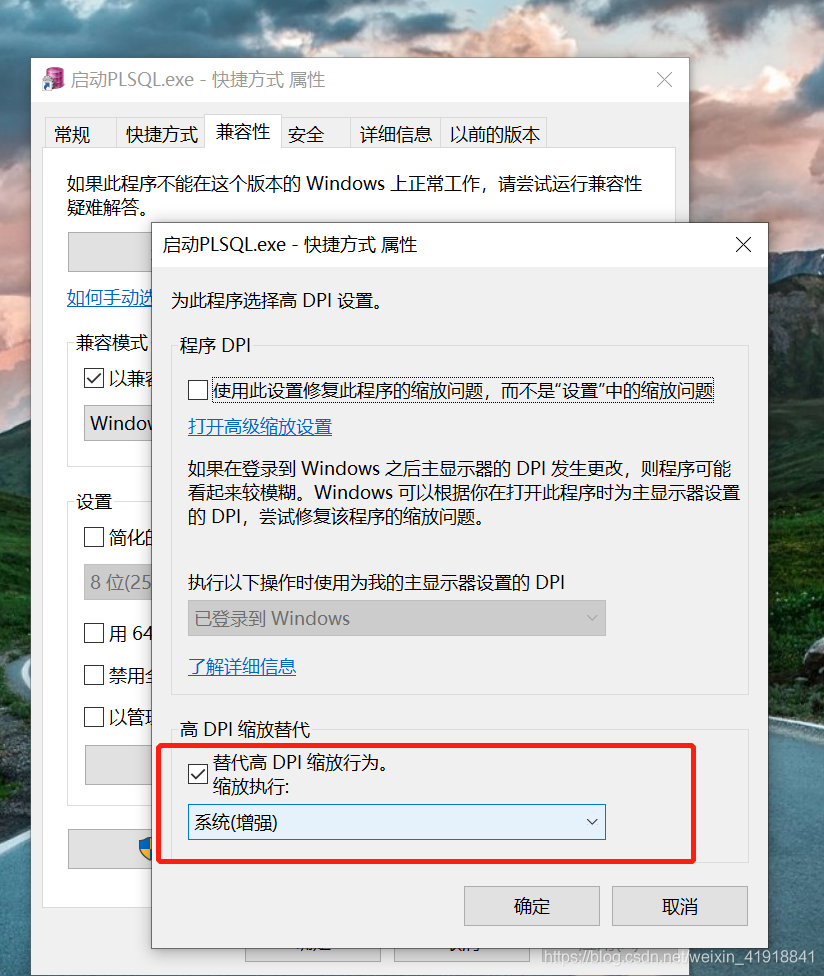
Change the icon size of PLSQL toolbar

How magical is the unsafe class used by all major frameworks?

Homewbrew installation, common commands and installation path
随机推荐
Gartner predicts that the scale of cloud migration will increase significantly; What are the advantages of cloud migration?
Loading order of logback configuration file
Review 2021: how to help customers clear the obstacles in the last mile of going to the cloud?
GRBL学习(二)
LVM与磁盘配额
JSP learning 1
Phpstudy V8, a commonly used software for station construction 1 graphic installation tutorial (Windows version) super detailed
Compile, connect -- Notes
JSP learning 3
Hypermotion cloud migration helped China Unicom. Qingyun completed the cloud project of a central enterprise and accelerated the cloud process of the group's core business system
Sail soft implements a radio button, which can uniformly set the selection status of other radio buttons
How important is the operation and maintenance process? I heard it can save 2 million a year?
Day (2) of picking up matlab
Gartner 發布新興技術研究:深入洞悉元宇宙
Ali developed three sides, and the interviewer's set of combined punches made me confused on the spot
【Pygame小游戏】10年前风靡全球的手游《愤怒的小鸟》,是如何霸榜的?经典回归......
关于 background-image 渐变gradient()那些事!
How to conduct application security test (AST)
浅谈 NFT项目的价值、破发、收割之争
Grbl learning (II)